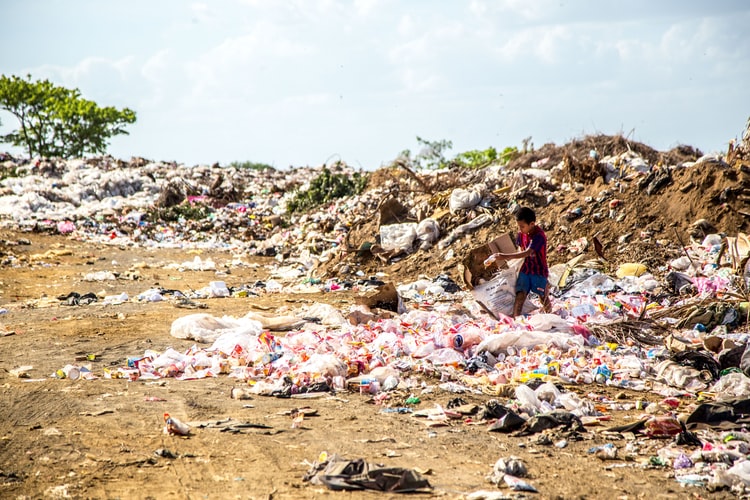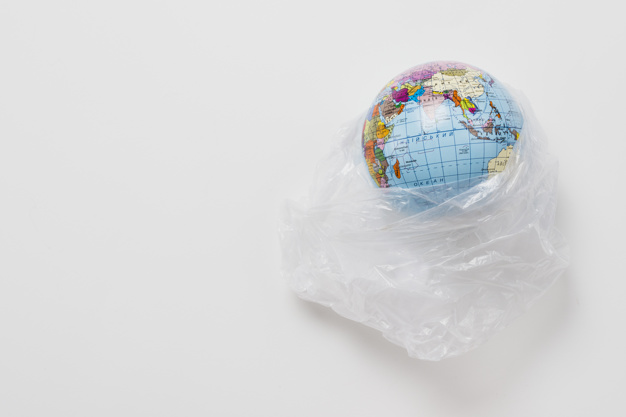Plastic’s effects have raised quite an alarm at every corner. But, did you know the amount of plastic found in and around is dreadful and the impact has been worse?
Multipurpose, affordable, and durable – it really saved our lives. The plastic that we know today started off in the 1900s as Bakelite, a form created by Belgian scientist Leo Baekeland. As the years sped by, industries have come to use plastic in many variations. Bottles, bags, containers, utensils, housing, clothing, and products – it’s inevitable to not spot around us. Coloured or clear, thick or thin, weak or strong; it’s molded to all our desires.
But however useful and simpler it is, time-to-time it’s been proven to be just as much a curse as it is a blessing. Counting on plastic bags for how they’re reusable is because it’s not biodegradable or recyclable. In other words, you’re adding to plastic pollution once you get rid of them. Most of the plastic waste breaks into smaller pieces that start emitting gases extremely hazardous for the planet and everyone on it. They don’t degrade which is why you see them floating in the air or on water.
Here are some more facts to consider:
- About 300 million tonnes of plastic is produced annually. That’s almost the same as the weight of the current human population.
- 79% of it has accumulated in water bodies, landfills and nature.
- Only 9% has been recycled of the total plastic produced EVER.
- Cigarette butts are the most common type of plastic found in the natural environment.
- Food wrappers, plastic bottles, cutlery, straws and furniture foam are next most common articles.
EFFECT ON MARINE LIFE

Recently, scientists at the 5 Gyres Institute reported that an estimated amount of 5.25 trillion pieces of plastic, weighing 269,000 tonnes, are distributed across the ocean. These pieces have accumulated over time and created an astonishing phenomenon called “trash islands” or garbage patches. These awful islands are formed from the waters swiping away waste from the shore and bringing them to the water surface. What looks like an accommodation from view is actually a mountain of plastic and waste. These are most common in the Great Pacific Ocean.
Since plastic stays intact, it’s easiest for marine life to get affected. Hundreds of cases have emerged where animals have died by entangling or ingestion of plastic. Ingestion reduces stomach capacity and appetite, creating a false sense of satiation that ultimately leads to death. Due to this fact, up to 1 million seabirds and 100,00 animals are victimized each year most of which are marine mammals and sea turtles.
EFFECT ON HUMANS

A key study conducted at the University of Castlenew, Australia suggested that we are consuming about 2000 tiny pieces of plastic every week, which means more than a thousand plastic pieces sit in our guts each year. These tiny shards are called microplastics and are one of the most pervasive materials on the planet. Groundwater, surface water, even bottled and tap water bears microplastics.
A lot of positive efforts have come to light and it’s no lie they’re helping heaps in changing the destructive course we’ve paved. But despite best efforts, it’s still important to make changes as individuals coming whole. If not, by 2050 the world would weigh more plastic than the total human population. It’s time to wake up; the plastic can’t keep us blind for more.






